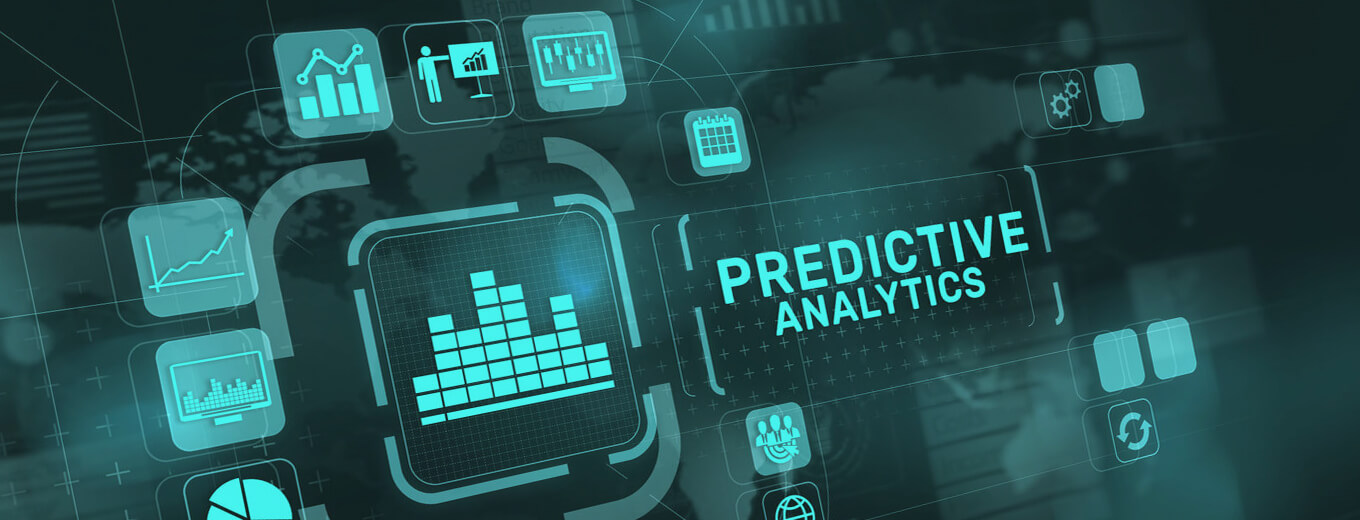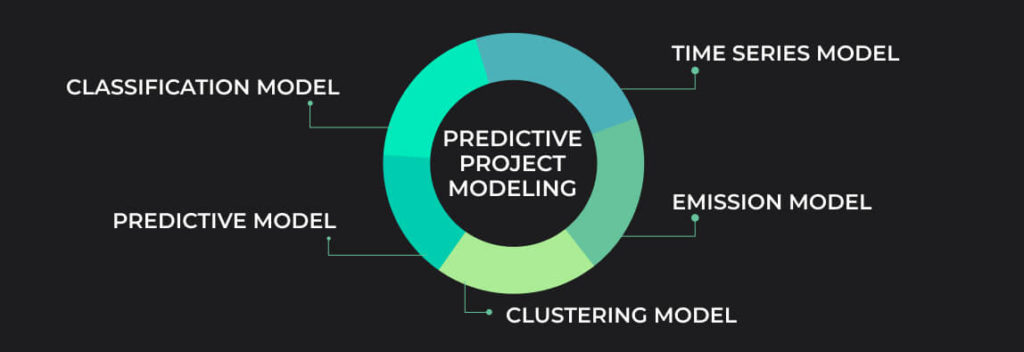
Svitlana Rakova
СОО



Entrepreneurs surely dream of having fairly accurate information about their customers, resources, and costs. This would help them to improve future business development planning while reducing risks and costs. Fortunately, this is no longer a dream, but our reality, as the concept of predictive project analytics is actively evolving in the business world. Predictive project analytics allows you to assess the success of your operations and suggest what to do to enhance your situation. This tool allows a glimpse into the future to understand the rough idea of the current state of the market and other important things that could help companies make wise data-driven decisions. This article will take a look at the concept of PPA from all angles.
Answering the question of what is predictive behavior modeling, this is a process of predicting likely future events which is done based on historical and current company data. It is a statistical method that uses machine learning and intelligent analysis. This method is extremely useful for all business sectors and industries, as it lets you know the approximate outcome of anything.
It’s worth noting that the outcome of a forecast will constantly change, depending on the new data coming in. That is, making only one forecast would be incorrect because prediction is always based on the available data about the past and what is happening now. New information in the database can change the outcome of events, so you should constantly analyze it to make sure you are moving in the right direction.
You don’t have to worry because this process doesn’t take much time, and it’s done in real-time almost always. This is very effective for financial or trade institutions because they can immediately calculate the risks of a client’s application to buy on credit or to take out a loan/mortgage and instantly give an answer: approval or rejection.
Predictive analytics is not limited to a single method or application. It offers businesses a variety of solutions that can help even in a highly specialized niche. Below, we highlight the main benefits that predictive analytics offers.
If you integrate predictive analytics into the internal structure of your business, you get a reliable and seamless system of operation. It will help almost any department in the company perform its duties better. With its help, you can plan your budget, distribute your workload, drive productivity, and drive your business plan several times more efficiently.
Predictive analytics allows you to identify the moments that precede customer loss and improve customer satisfaction scores. So, with this data, you can compare customer service, customer satisfaction, and churn rates. By comparing all the dots, you can see which aspects contribute to customer loss.
Segmenting potential customers takes a lot of work and time for marketers, but predictive analytics can make this task much easier. Predictive modeling conducts in-depth research with the smallest details, allowing for more accurate personalized content and thoughtful campaigns.
Predictive modeling will better define the important elements of a campaign to produce better results. It will determine the appropriate language to address the customer group and other factors responsible for attracting customers.
Predictive project modeling allows you to identify possible risks and opportunities. With this information, you can avoid unnecessary risks and losses and make informed decisions.
Predictive analytics increases cybersecurity, which is simply necessary in our digitized world. Conducting fraudulent transactions becomes much easier in an online environment. Predictive analytics, in turn, makes it easier to detect threats because it instantly calculates any anomalous data.
PPA considers a wide range of possible correlations between various customer metrics such as customer behavior, purchase history, profiles, etc. As a result, you can improve your customer experience and relationship with your customers.
Thus, predictive modeling can improve the performance of companies at almost every level.

Predictive analytics is a concept with a variety of implementation methods. Below we highlight the top five types of predictive models, their characteristics, and their features.
This type is the most common and simplest because it can give only yes or no answers to the questions. It uses historical data to analyze in-depth and quickly produce an answer. That’s why it’s common in financial institutions and retailers. They can ask a question like “Will this customer be able to make their loan payments on time” and get a quick answer.
Predictive models are universal. They give you answers in numbers. The model looks at historical data and estimates information based on that data. For example, it can show you the approximate number of guests or purchases for the next week. This model is great for a restaurant business or an online store because it allows you to calculate the right amount of purchases and prepare you for upcoming events.
The clustering method divides data into different categories based on their common characteristics. After that, it determines the possible results for each cluster. Clustering can be soft or hard, characterized by more general notions of data similarity or precise measures of similarity. This method simplifies marketers’ work, helps develop successful marketing strategies, and increases the customer base.
The outlier model allows you to detect fraud because it identifies unusual information in a data set. How does it work? An outlier model can detect unusual transaction activity on a consumer’s account. For example, the system detects a customer spending too much money at a jewelry store, even though they have never done it at this location. The emission model considers other factors in determining that the consumer’s account has been hacked.
To predict future trends, a time series model uses the principle of time sequences. The model can predict trends for one project as well as multiple projects at the same time. Also, this predictive modeling can consider external factors that may affect future events, such as the time of year.
There are other predictive modeling techniques, such as
PPA is used in a wide variety of business areas, and below we will highlight a few predictive modeling examples that describe their use in some business sectors.
Predictive analytics is an indispensable tool in project development’s early and late stages. PPA techniques should be present in routine processes of a company. They enable organizations to allocate resources intelligently, shape a winning marketing strategy, spot fraud, improve cybersecurity, and regularly improve their service and products.
Comments